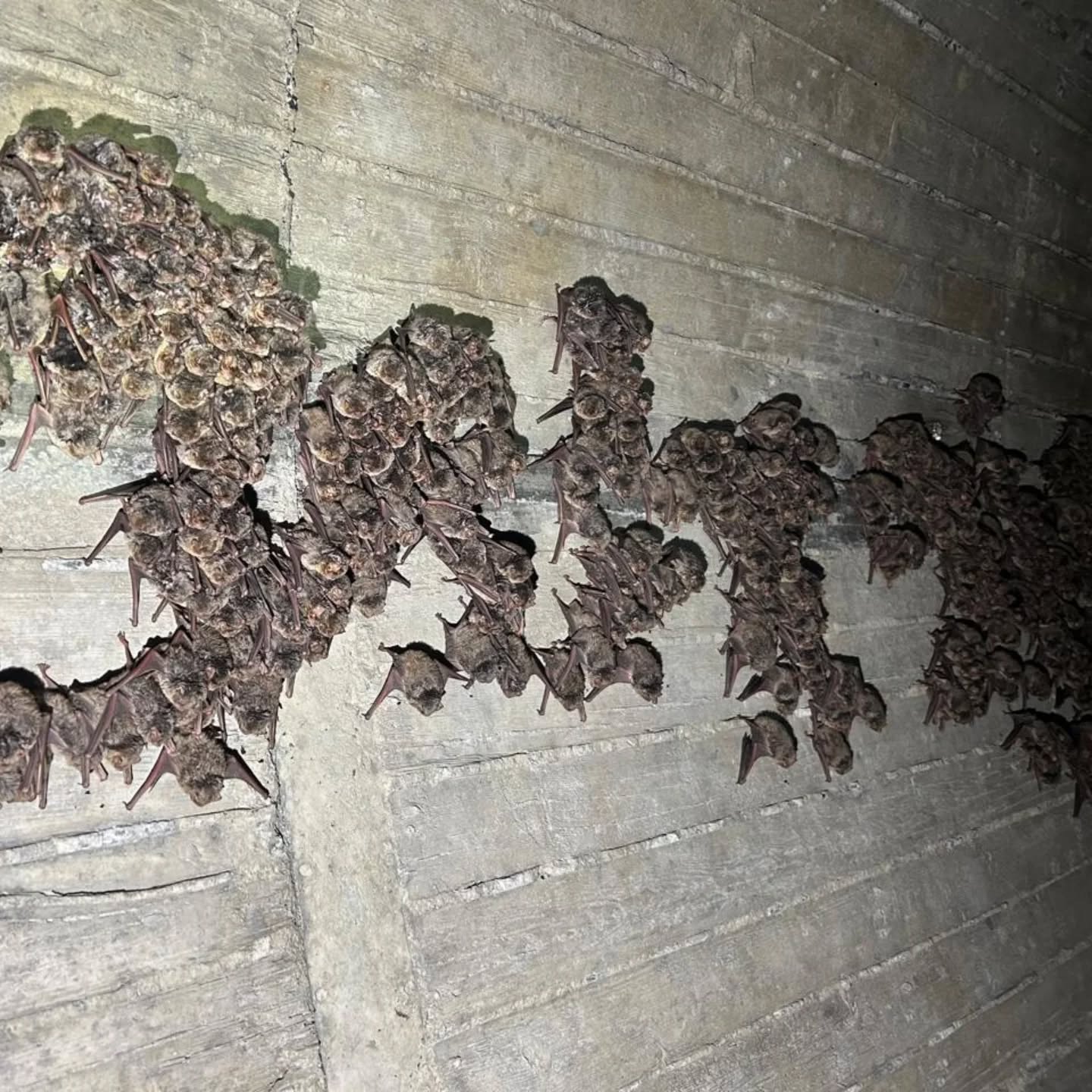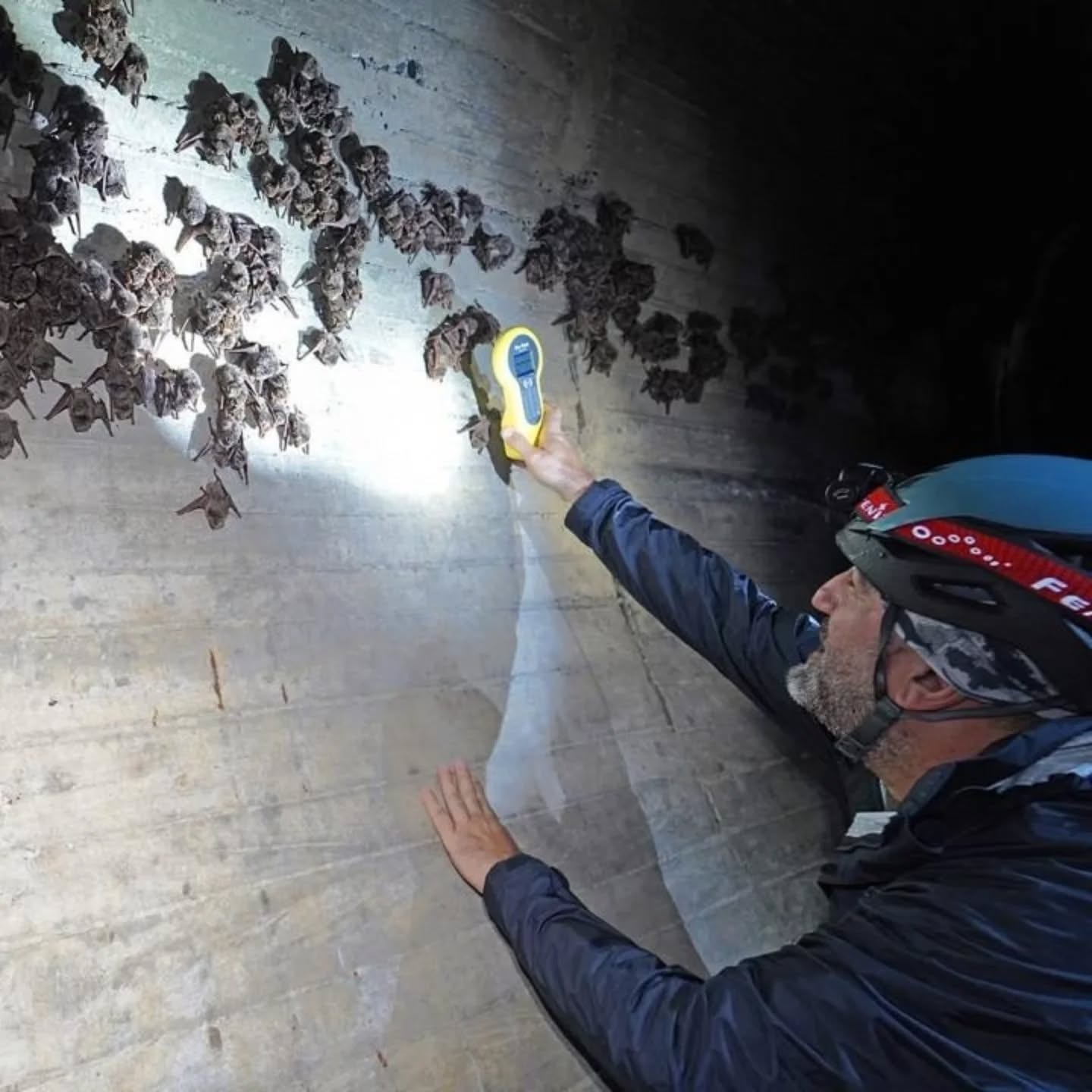For the first time, bats that breed in coastal caves have been observed migrating across the country to spend the winter in Troodos. During their journey from the coast to the mountains, the bats travelled an estimated 60 kilometres.
Scientists tracked three of these bats in underground tunnels in the Troodos area after equipping 100 of them with microchips in Akamas and Pomos, where they had spent the summer in humid coastal caves.
“We wanted to find out if certain individuals travel from one specific spot to another,” Forestry Department officer Haris Nicolaou, told the Cyprus Mail. “And in fact, they do!” he added.
Nicolaou emphasised that mapping the bats’ travel routes is crucial for conservation measures, especially since the Troodos species, identified as Miniopterus schreibersii, or Schreibers’ long-fingered bat, is endangered.
“The problem is not that there are too few of them, but that they stay together in large groups, so if a disease spreads or a cave collapses, we risk losing the whole colony”, Nicolaou explains.
He urged the public not to disturb bats in their caves, particularly as they are currently hibernating. “People should not enter the caves or wake them up by taking pictures,” he said.
The hibernation period began in November and will last until around early March, depending on weather conditions. During hibernation, various bat species can cluster together to survive the winter. In the Troodos cave, for example, scientists identified three different bat species.

Around 5,000 to 6,000 Schreibers’ bats live in Cyprus. They measure between 48 and 65 mm in body length, with a wingspan between 305 and 350 mm. Their colonies can range from hundreds to thousands of individuals. In Bulgaria and Croatia, colonies of up to 60,000 bats have been reported.
Aside from human disturbances, Schreibers’ bats face threats from pesticides, as they feed on the larvae of moths and mosquitoes. Farmers, in their efforts to protect crops using plant protection products, inadvertently reduce the bats’ food supply, endangering their survival.
Schreibers’ bats have a fascinating reproductive strategy. They mate in the autumn, but pregnancy temporarily halts during hibernation. Fetal development resumes in June or July, when environmental conditions are more favourable for survival. This adaptation ensures that the young are born when food is abundant, increasing their chances of survival.
Cyprus is home to 18 insectivorous bat species and one fruit bat species. While most of these bats hibernate during the colder months, the Egyptian rousette fruit bat is the only one that remains active year-round. These bats play a crucial role in controlling insect populations and maintaining the islands ecological balance.
The research was conducted as part of the One Bat project, an international collaboration involving several European countries. One Bat aims to study bats and the viruses they may carry, contributing to public health protection. In Cyprus, the project is implemented by the veterinary services and agriculture ministry.







Click here to change your cookie preferences